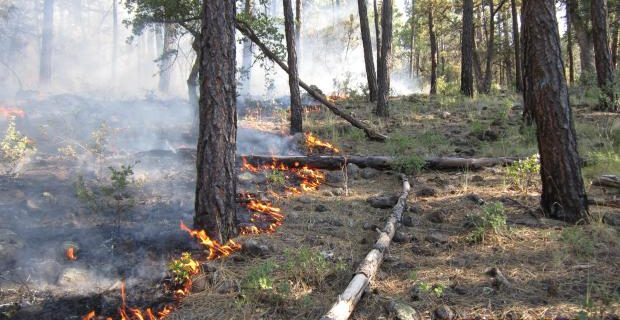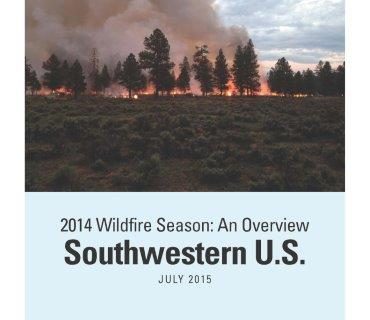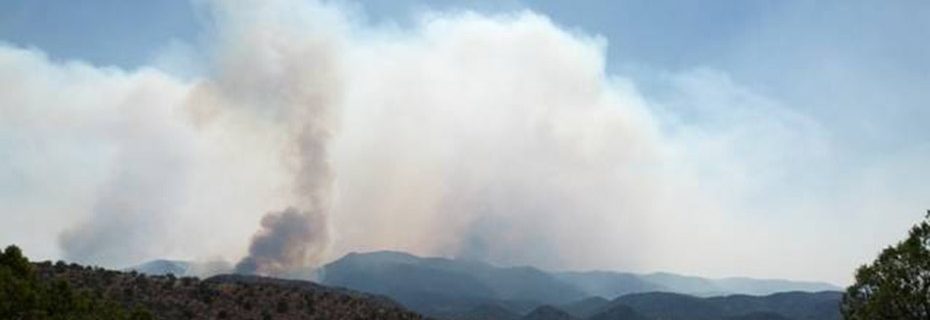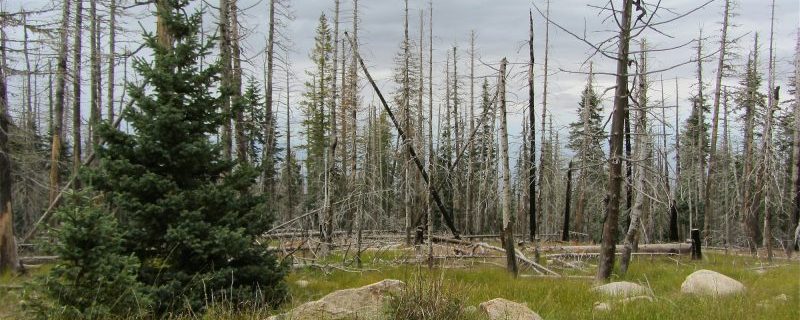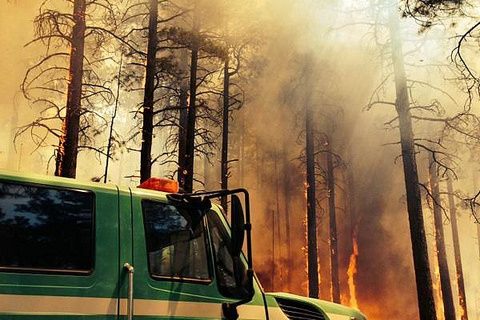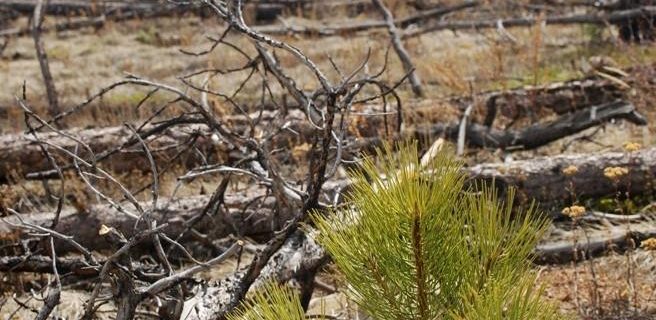September 10, 2015: Fire Management on the San Carlos Apache Reservation
We took a full day field trip to visit various fires managed through partnership between the San Carlos Apache (SCA) Tribe and the BIA San Carlos Agency. Over the last several years, they have built a mosaic of fire by allowing fire to retake its natural role across the Nantac Rim. Recent fires on the …
Read more “September 10, 2015: Fire Management on the San Carlos Apache Reservation”

